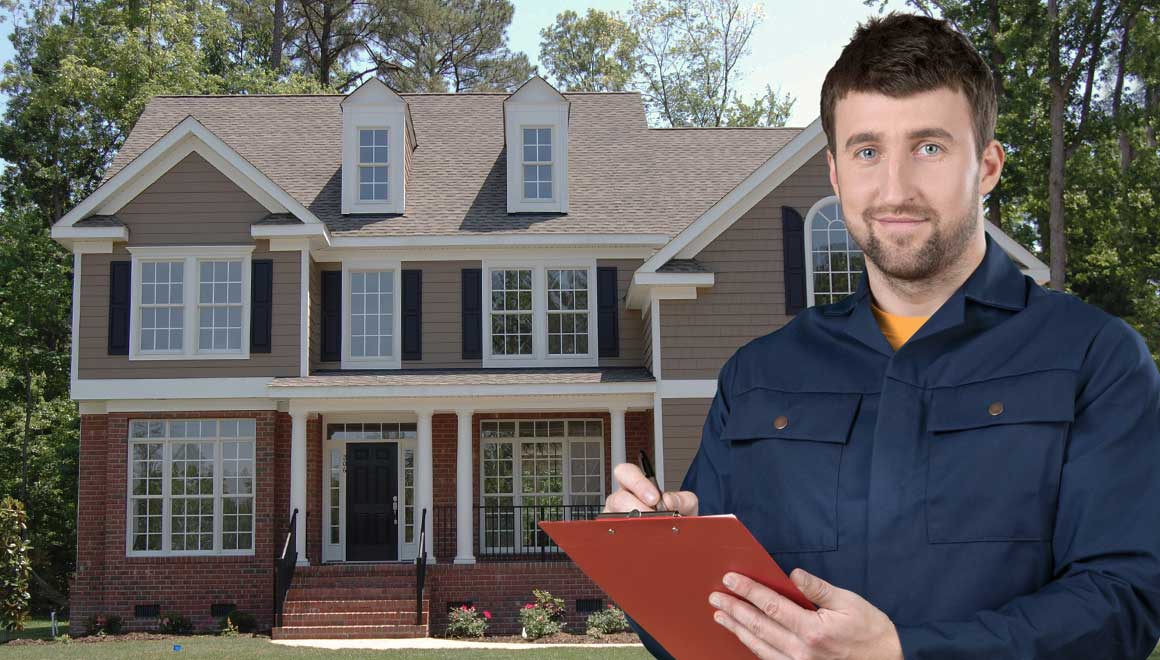Purchasing a home is a major financial decision that also requires securing proper insurance coverage. While home inspections focus on evaluating physical condition, they play an important behind-the-scenes role in how home insurance premiums are calculated. Understanding the link between inspections and insurance can save buyers money over the long-term.
How Insurers Assess Property Risk
Before issuing a policy, home insurers carefully assess the property’s risks to determine premium pricing. Factors evaluated include:
- Location – Properties in high risk flood/fire zones or high crime areas cost more to insure.
- Construction materials – Wood frames are more susceptible to storms than brick. Old roofs increase fire risk.
- Age of systems – Older electrical, plumbing, and HVAC systems are more prone to failure.
- Safety features – Properties meeting fire and security standards have lower risks.
- Claims history – Frequent past claims raise concerns over ongoing issues.
A critical data source for these risk assessments are professional Home Inspection Fort Worth TX reports. Reports provide unbiased information on the home’s risks. Issues noted in the report often lead directly to increased premiums.
Key Areas Impacting Rates
While all inspection findings provide useful insights on the property’s risks, several specific areas noted in the report particularly influence home insurance rates:
- Roof Condition – Roofs older than 20 years or with active leaks/damage are red flags. Insurers may require replacement before issuing a policy.
- Electrical Systems – Aluminum wiring, knob and tube systems, overloaded circuits, or improper installations increase fire hazards.
- Plumbing Condition – Prior water damage claims or signs of ongoing leaks/clogs increase risks.
- Heating Systems – Old furnaces and evidence of poor maintenance heighten breakdown and fire risks.
- Security Features – Lack of alarms, secure locks, lighting or video monitoring raise chances of claims.
- Foundation Cracks – Major foundation issues can lead to sinkholes or collapse. Minor cracks signal risks.
- Drainage Problems – Improper drainage raises risks of flooding damage claims during heavy rains.
- Mold/Rot Damage – Evidence of moisture issues may require specialized rider coverage.
- Claims History – Frequent past homeowners insurance claims are a major red flag of ongoing risks.
How Inspections Can Lower Premiums
Since inspection findings directly impact risk analysis, the inspection presents an opportunity to highlight improvements made to reduce premium costs:
- Newly replaced roof and well maintained exterior can yield discounts.
- Electrical panel upgrades and use of copper wiring reduce fire hazard rates.
- Preventative plumbing replacements lower chances of water damage claims.
- Newer HVAC systems with servicing records have lower breakdown risks.
- Added security system, video doorbells, adequate lighting demonstrate safety improvements.
- Proper drainage away from the foundation through grading fixes any violations.
- Mold remediation and added ventilation lower future moisture risks.
- Completing repairs or upgrades noted on past inspection reports reduce recurring issues.
By proactively curing defects uncovered in the inspection report prior to insurance application, buyers benefit from maximum discounts reflecting the home’s enhanced condition. Read more.
Ask about Risk Reduction Discounts
Many insurers offer premium discounts for properties less vulnerable to claims. Ask carriers about discounts for:
- Newer electrical, heating and plumbing systems
- Impact and fire resistant exterior materials
- Smoke/fire/carbon monoxide detectors
- Alarm and video monitoring systems
- Fire extinguishers and sprinkler systems
- Hurricane storm shutters and impact glass
- Basement sump pumps and dehumidifiers
- Lightning rods and surge protection
- Elevation of flood prone structures
- Higher wind and hurricane building code standards
- Completion of recent repairs/improvements
How Inspectors Assist Insurance Process
Beyond the inspection report, home inspectors provide value-added assistance with insurance-related documentation:
- Add homeowners insurance checklists to inspection reports highlighting risk areas.
- Offer detailed cost estimates for repairs/upgrades to submit to insurance providers.
- Connect clients directly with trusted insurance agents.
- Assist with gathering documents and past claims history for applications.
- Provide continued consultation regarding insurer requests and risk reduction solutions.
The peace of mind provided by quality insurance requires assessing and addressing the home’s risks. Home inspection findings play an integral role in accurately evaluating those risks to establish fair policy pricing. Work in partnership with your home inspector and insurance agent to leverage the inspection process for coverage that best protects your home ownership investment at the optimal rate.

